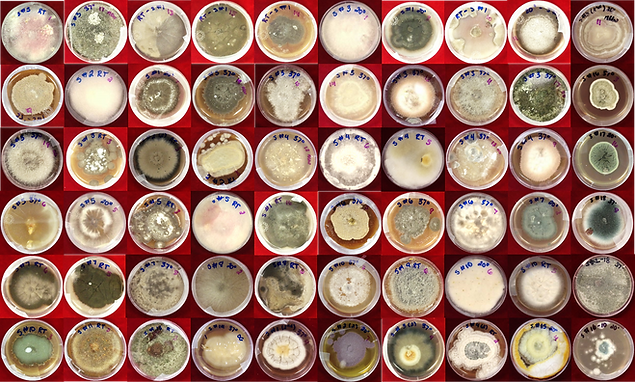
Georg Hausner
Fungi and Mitochondria
Staying Mobile

Insect vectored fungi such as species of Ophiostoma, Grosmannia, Graphilbum, Ceratocystiopsis and Ceratocystis (many are blue-stain fungi) are increasingly more problematic due to the arrival of new bark-beetle species that vector these fungi. In the case of the Mountain Pine Beetle, symbiotic relationships with certain species of Grosmannia actually make it possible for the beetle to successfully overcome the tree’s resistance mechanisms. This research program focuses on the taxonomy and evolution of blue-stain fungi. Characterizing mitochondrial genomes of blue-stain fungi is part of the long term objectives of this program. The goal is to understand the origin and persistence of genetic elements such as mobile elements within mitochondrial genomes (mtDNA) and examine implications these genetic elements have on mtDNA stability and on the virulence of these tree pathogens. In addition these mobile elements sometimes encode rare cutting DNA enzymes (endonucleases) that have application in genomics and biotechnology; we search for and biochemically study mitochondrial homing endonucleases and we also try to resolve their relationships to other mtDNA mobile elements such as group I or group II introns.

We are interested in fungal mitochondrial genomes.
Why? Fungi are important organisms that have large mitochondrial genomes (compared to metazoans).
I) Molecular evolution of mitochondrial mobile introns within the fungi: Characterization of mitochondrial genomes of plant pathogens, with an emphasis on the molecular evolution and biology of group-I and group-II introns.
II) Characterization of homing endonucleases (HEases). HEases are DNA cutting enzymes that have applications in biotechnology.
III) Fungal Taxonomy using molecular tools.
iv) Fungi as sources for novel enzymes and antimicrobial compounds (in collaboration with Dr. Kumar's research group)


